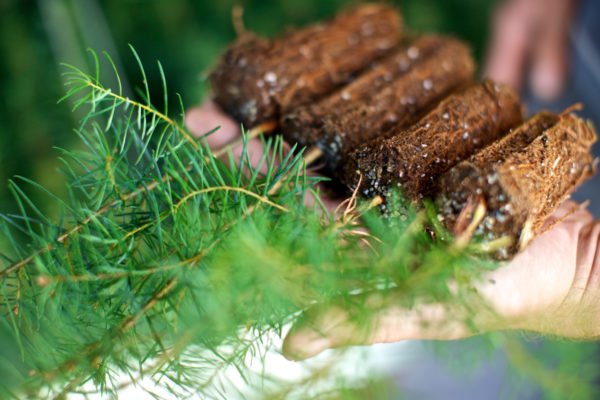
Harvest Operations
The Spel’kúmtn Community Forest presents its 5 year Operating Plans for general public review and comment at an annual Open House. Further, detailed harvest plans are presented to the public through the Public Referral process, allowing for a 30 day feedback period on proposed blocks. The SCF also engages in ongoing discussions with specific stakeholder groups relevant to proposed harvest areas and for questions related to the tenure area as a whole. All harvest plans are reviewed by the Líl’wat Nation and any operations are contingent upon the Nation’s approval of proposed activities.
Written feedback during consultation periods is uniquely valuable in allowing us to understand and address significant public concerns, as well as periodically and objectively report on what people in the community are asking and telling us about our plans. It should be noted that we also welcome anyone interested in discussing our plans or their interests in the Community Forest to reach out to us via email at any time of the year.
The B.C. Provincial Government’s Forest Operations Map (FOM) Online Portal is an online resource for the public to review and comment on proposed forestry operations. The FOM Online Portal provide transparency on forestry proposals within the province and what those proposed operations would entail, including service roads, mapped areas of harvest, and the estimated time of harvest. Through the FOM Online Portal, the public can submit comments to government instantly.
Access to this information is free and fully open to the public. You can access the FOM Online Portal by visiting fom.nrs.gov.bc.ca/public(opens in a new tab).
2025 proposed harvesting - MU001, MI100D, MI101
2024 single-stem harvest, spring/fall - GR902, GR90
Spring 2024 Miller harvesting - MI102, MI103 blocks

Silviculture
Since 1987, all licensees in BC have been legally required to reforest the areas they harvest. All of SCF’s harvested areas are replanted within one year of harvest completion with a diversity of species appropriate to the ecosystem. With increasingly hot summers, fall planting has become more common as seedling survival rates tend to be higher.
As tenure holders are responsible for getting seedlings to a ‘free to grow’ stage, all replanted areas are monitored for survival and supplemental planting occurs promptly if seedling mortality is noted.









